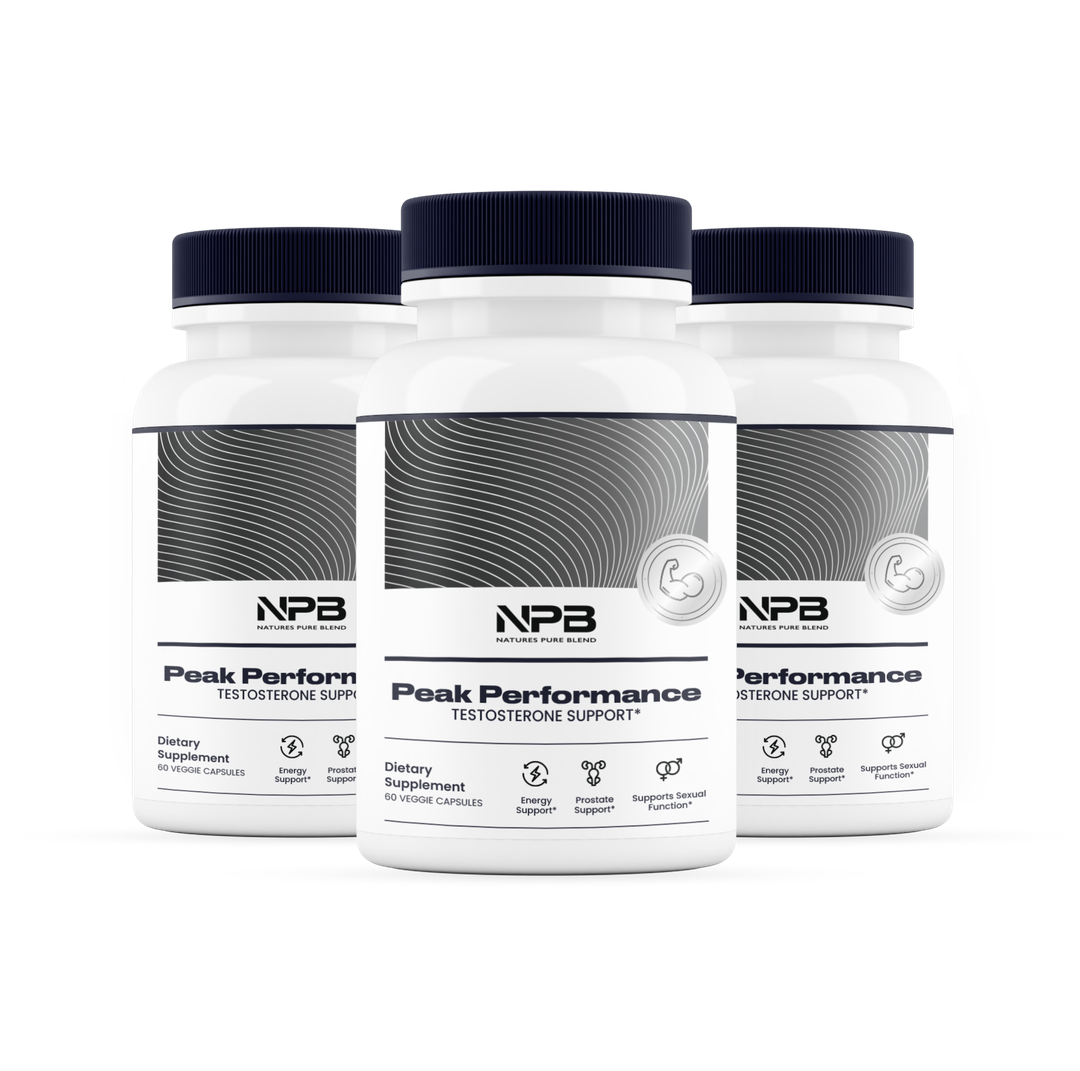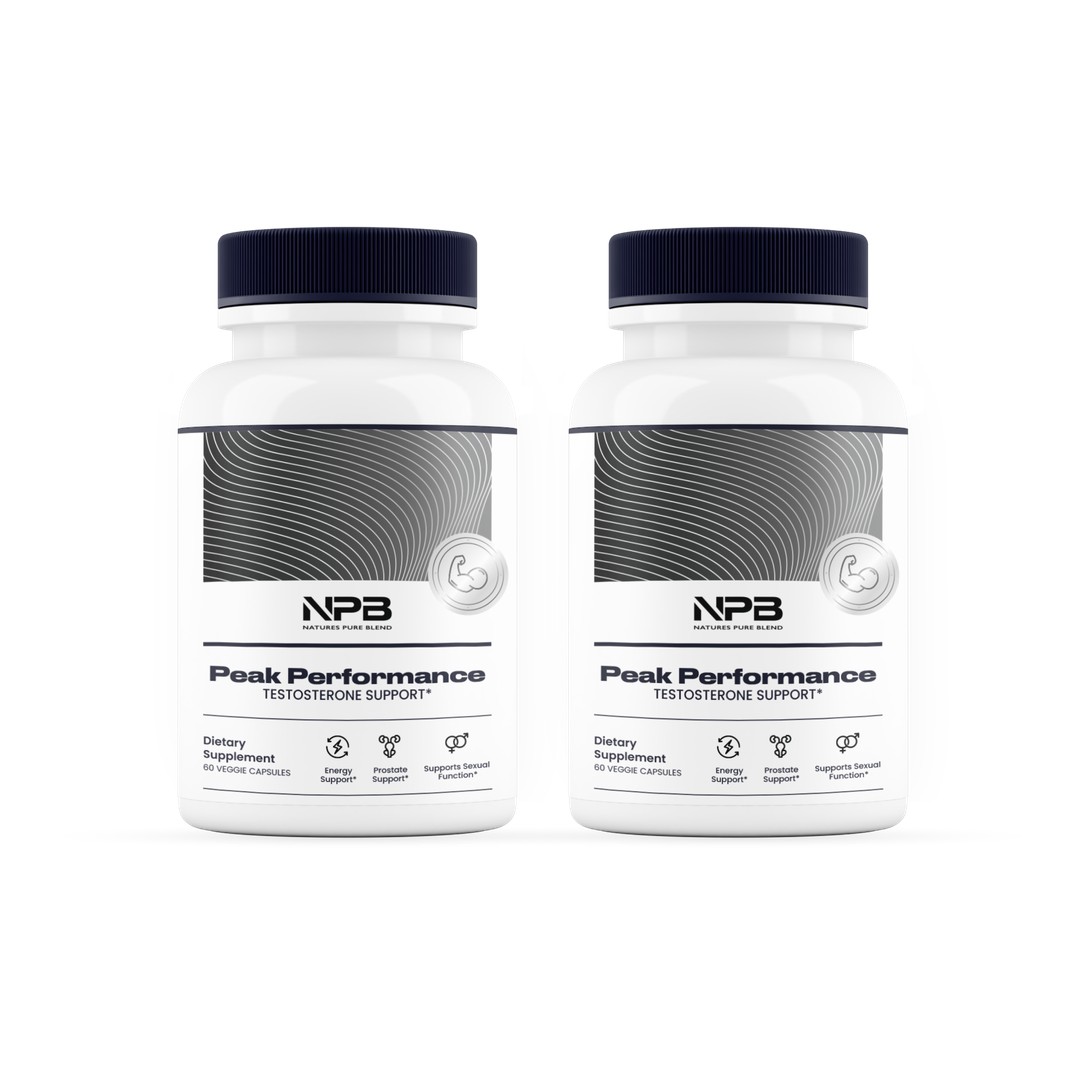Get Free Shipping On Orders $99+
10 Endocrine Disruptors Lowering Testosterone
You may not feel the damage happening—but it is. Over time, everyday exposure to synthetic chemicals can chip away at your testosterone levels. From personal care products to plastic containers, these hormone-disrupting compounds can silently interfere with your body's ability to function like it used to. And the signs aren’t always obvious. Fatigue, belly fat, low drive, mental fog—these aren’t just part of aging. They’re often symptoms of disrupted hormone balance. The truth is, your environment could be working against you. Below are 10 common endocrine disruptors that are known to interfere with testosterone. If you’re serious about protecting your hormone health, this list is a good place to start.
1. Phthalates
Found in: shampoos, soaps, deodorants, plastics
Phthalates are plasticizers used to make products flexible and long-lasting. They’re also known to suppress testosterone production and reduce sperm quality. Even personal care products labeled “fragrance” often contain hidden phthalates. 1
2. Bisphenol A (BPA)
Found in: canned foods, plastic containers, receipts
BPA mimics estrogen and binds to hormone receptors, disrupting natural testosterone balance. It’s especially dangerous when plastics are heated—like microwaving food in a plastic container. 2
3. Parabens
Found in: lotions, shaving cream, sunscreen
Parabens are preservatives with weak estrogenic activity, but they accumulate over time. Studies show they may reduce testosterone levels and negatively impact male reproductive function. 3
4. Atrazine
Found in: herbicides, lawn treatments
Atrazine is a widely used pesticide that has been shown to suppress testosterone and even cause feminizing effects in male animals. It can enter your system through water, dust, or contact with treated grass. 4
5. Triclosan
Found in: antibacterial soaps, toothpaste
Originally marketed for fighting germs, triclosan also disrupts thyroid hormones and testosterone. It’s now banned in some products, but still lingers in many daily-use items. 5
6. Perfluorinated Compounds (PFCs)
Found in: nonstick cookware, stain-resistant fabrics
PFCs stay in the body for years. They interfere with testicular function and hormone balance—particularly testosterone. Even low-level exposure has been linked to hormonal disruption. 6
7. Dioxins
Found in: animal fats, industrial pollution
Dioxins are byproducts of combustion and chemical manufacturing. They bind to hormone receptors, block testosterone signaling, and accumulate in body fat over time. 7
8. PBDEs (Flame Retardants)
Found in: mattresses, furniture, electronics
These chemicals leach from household items and end up in household dust. They disrupt thyroid function and reduce testosterone levels—especially in older adults with prolonged exposure. 8
9. Glyphosate
Found in: weed killers, non-organic produce
Glyphosate, the active ingredient in Roundup, has been shown to alter hormone-producing enzymes and may lower testosterone by interfering with the endocrine system. 9
10. Formaldehyde
Found in: pressed wood, air fresheners, some textiles
Known as a potent irritant, formaldehyde is also a suspected endocrine disruptor. Long-term exposure may impair testosterone production and reproductive health. 10
Final Thoughts
You don’t need to live in a bubble—but you do need to be more aware. These chemicals aren’t just in factories—they’re in your home, your grooming products, and even your food packaging. And over time, they chip away at your testosterone without you noticing. The good news? You can take back control. Swap out chemical-laden products for natural alternatives. Use glass or stainless steel instead of plastic. Filter your water. Choose organic when possible. Because the fewer disruptors your body has to fight off, the more room it has to make the testosterone you need to feel sharp, strong, and alive.
Support Sex Drive, Testosterone Levels, & Muscle Mass Growth*
Join Our Community Of Health Lovers & Get Special Deals
Receive study-backed health tips, exclusive email deals, and more.
†Disclaimer: These statements have not been evaluated by the Food and Drug Administration. These products are not intended to diagnose, treat, cure or prevent any disease. Product results may vary from person to person.



